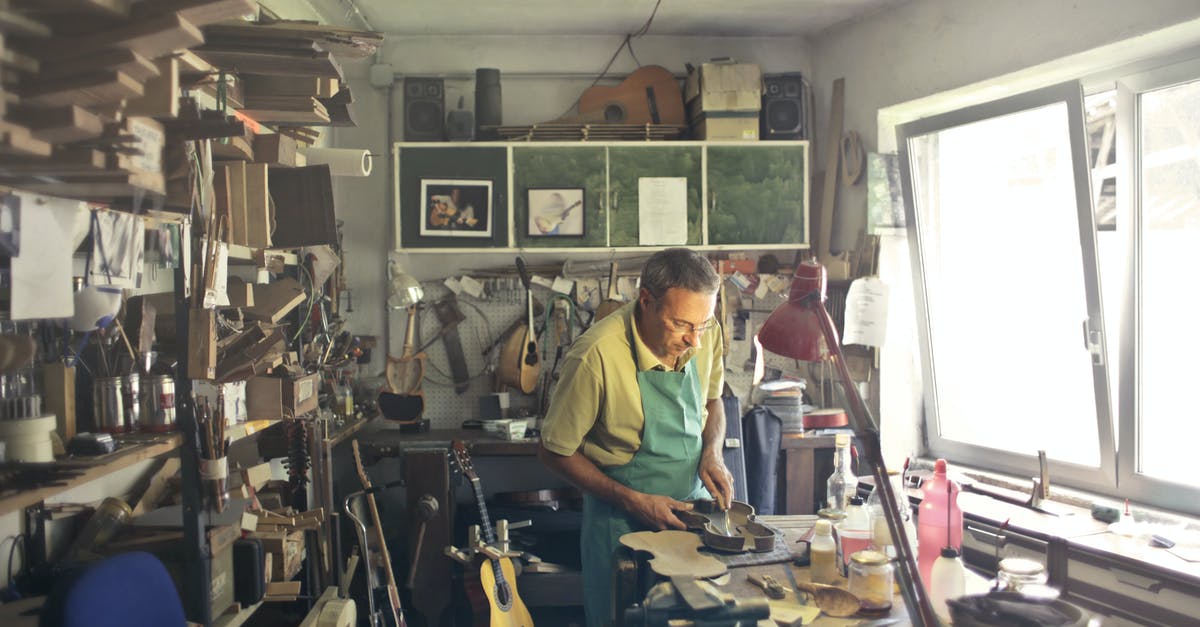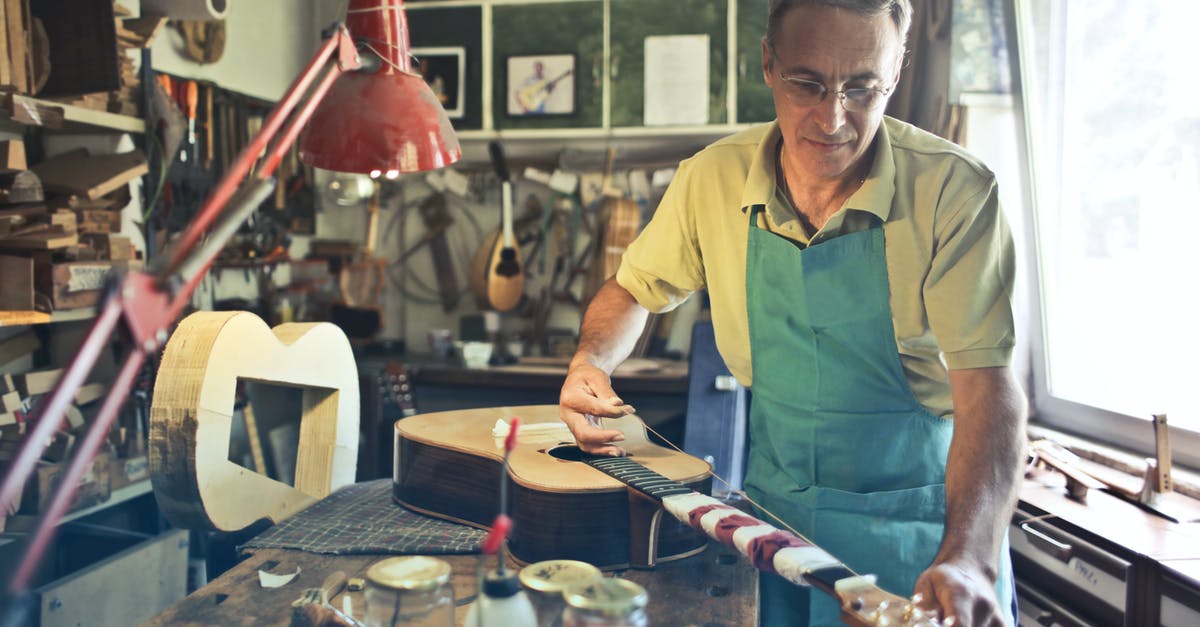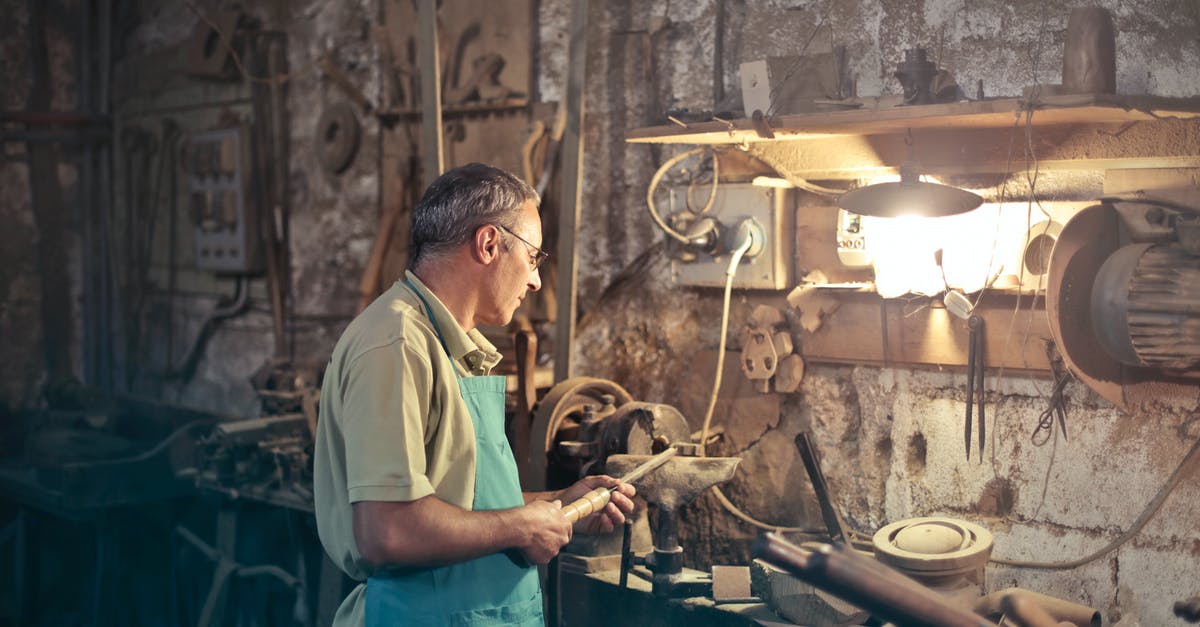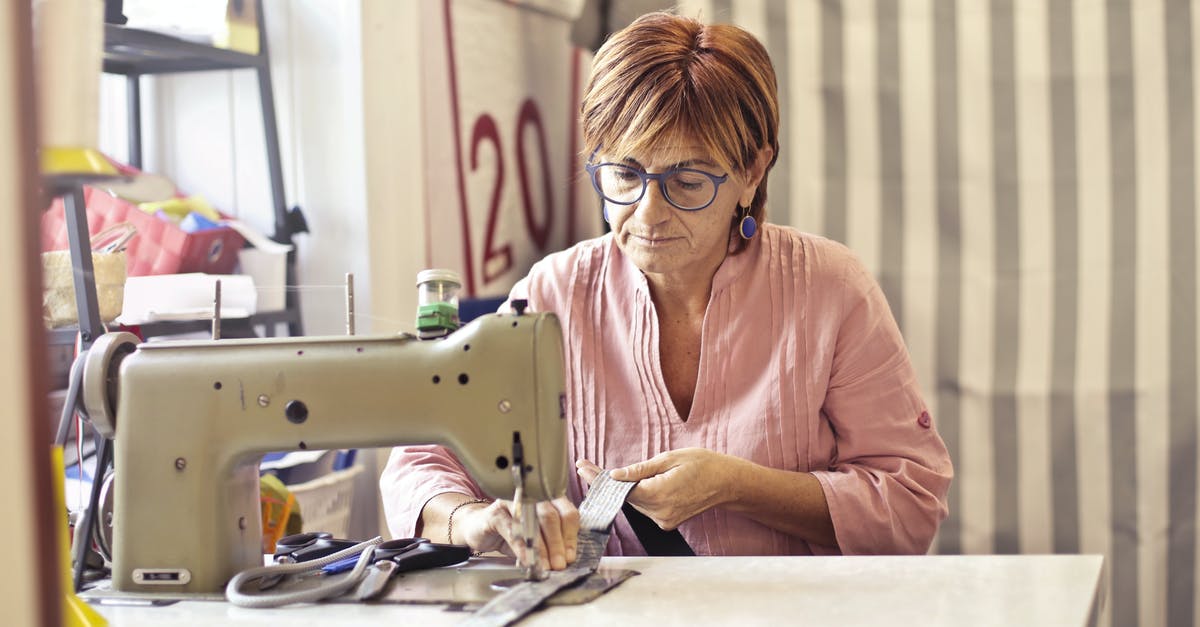Juice Concentrate Manufacturing and Process?

I was doing some research into juice production, some of the companies have suppliers who make the juice concentrates and these are used to make juice..What exactly do these concentrates contain apart as preservatives,what are the methods of transportation ? etc..What additional stuff and artificial stuff do juice companies add. Any insights?
Best Answer
Unfortunately, the simple answer you are looking for does not exist. There are books written about this subject, for example, the Handbook of Fruits and Fruit Processing or Processing Fruits: Science & Technology. Where I live, there are entire academic programs dedicated to commercial food processing, and fruit processing is no small part of that.
It's a little like asking how a car is made. There are different classes, different engines, different companies, different features... there's no single answer. Likewise, if you're processing fruit juice, there are different classifications (juice, nectar, or "drink"), different fruits with different properties, seasonal variations, pulp or no pulp, different degrees of sweetening and concentration and the incorporation of other additives, and so on. It's a veritable jungle of proprietary processes, patents, and trade secrets.
Let's take oranges and citruses as an example. A little digging around on Google Books through the Handbook indicates that they have to go through all of these processes:
Washing. Food processing plants don't just rinse the fruits in a little water like you or I would juicing an orange at home; they need to wash them with detergent and scrubbers to prevent any contamination. Of course, it goes without saying that this is only possible with the thick insulating peels of citrus fruits.
Extraction. In order to concentrate the juice, they have to get it out of the fruit first. There all sorts of machines and patents dedicated to maximizing the yield from every single piece of fruit. Of course in some cases they also have to de-seed, or preserve the pulp, or both.
Blending accounts for seasonal changes in the appearance and flavour of seasonal fruits. Many if not most plants will retain and freeze some amount of juice or concentrate from earlier seasons and mix it with late-season or off-season juices to get more consistent output.
De-oiling. Yes, citrus peels have oil. From what I understand, removing it involves either a centrifuge or a hermetic separator (also common in dairy products).
De-aeration removes oxygen (air), which improves both the total output and the shelf life. Notice how homemade orange juice is often kind of frothy and bubbly but store-bought juice isn't? That's why.
Pasteurization is a whole area of study in and of itself, and needless to say almost every commercial food needs to be pasteurized before going out the door. This can do all sorts of interesting things to the flavour and nutrition of the juice - some good, some bad, depending entirely on the method of pasteurization.
Debittering seems to be done in several different ways, and understand that this is not sweetening. It refers to the actual removal of bitter compounds (such as limonin) via various chemical, physical, and even biological processes.
Acid Reduction requires the pulp to be separated first and (sometimes) re-incorporated later, so that the pure juice can be treated to remove some of the citric acid. Again, this is not the addition of a buffer, it is the removal of the acid ions.
Cloud stabilization I can barely even understand myself, except to say that the opaqueness (or "cloudiness") of orange juice is due to specific kinds of particles and that the process of stabilizing them prevents the juice from turning clear and usually seems to involve pectin (a naturally-occurring gelling agent found in many fruits). I guess consumers would think they were getting ripped off if their orange juice was clear.
Evaporators do exactly what the name implies, evaporate water out of the juice, which is where the concentration actually comes from. Again, industrial evaporators are far more complex than the basic principle of simply applying heat, and I'm not going to try to get into that here.
Essence recovery deals with the part that's actually evaporated, which is more than just pure water. Processing plants have ways to separate at least some of the characteristic orange aroma from the water vapour and later re-incorporate it back into the concentrate.
Finally the concentrate has to go through freezing and storage and you can rest assured that they don't just throw it in a freezer. The book above makes reference to a "slush freezer" which is similar in principle to the ones you see at the 7-11 but obviously much larger.
Every single one of these steps varies from producer to producer, plant to plant, juice to juice. Sometimes steps can be omitted, sometimes new ones are added. To know exactly what a particular company does with a particular concentrate, you'd have to ask them or visit their plant.
The one assumption you have made - that concentrate contains preservatives - is actually wrong. In fact, kind of the whole point of concentration (aside from making it easier to trade in high volumes) is that it doesn't need preservatives like fresh juice does. Many if not most "from concentrate" drinks will even say "no preservatives" on the label.
If I were to try to sum this up as best I can into a bite-size answer, it would probably be this:
Very little is actually added to juice concentrate. The concentration process is mostly about the removal of undesirable substances.
Pictures about "Juice Concentrate Manufacturing and Process?"



Quick Answer about "Juice Concentrate Manufacturing and Process?"
- I. Acceptance of raw material.
- II. Fruit pulp preparation and processing.
- III. Juice yielding.
- IV. Pasteurisation and dearomatisation.
- VII. Standardisation and Storage.
How is juice concentrate processed?
To make juice concentrate, whole fruits are thoroughly washed, scrubbed, and crushed or blended to produce a pulp. Most of the water content is then extracted and evaporated (1).How juice is made step by step?
PreparationIs 100% juice from concentrate 100% juice?
What is Juice from Concentrate? The juice from concentrate is really juice from the real fruit. The only difference is that it was processed i.e. its water content was evaporated after extracting it from the real fruit (e.g Orange or Lemon) and then dried up to make a powder.What is the difference between juice from concentrate?
The "From Concentrate" Difference Commercial juices labeled "not from concentrate" are made by juicing the fruit, and then pasteurizing it. From concentrate" juice is juiced from the fruit, then filtered through a processor that extracts water. This way, the juice takes up less space when transported.How Is Fruit Juice Concentrate Made?
More answers regarding juice Concentrate Manufacturing and Process?
Answer 2
The frozen juice concentrates at the grocery store do not say pasteurized on them. All the canned and bottled ones do. I am wondering if these just don't say it, or are using a different process of preserving that I read about long ago, where by fresh juice is frozen and partially thawed 3 times, drawing off the water portion each time, by gravity. This leaves about one fourth of the volume, which keeps by freezing and by the concentration of sugars. These produced this way have a better taste, to me, and higher nutrition, I've read, than those that have been pasteurized, and oxygen removed. They also still have some enzyme activity, also, which is why frozen pineapple juice can't be used to make gelatins. The enzymes break down the proteins, and the gel doesn't set.
Sources: Stack Exchange - This article follows the attribution requirements of Stack Exchange and is licensed under CC BY-SA 3.0.
Images: Andrea Piacquadio, Andrea Piacquadio, Andrea Piacquadio, Andrea Piacquadio
